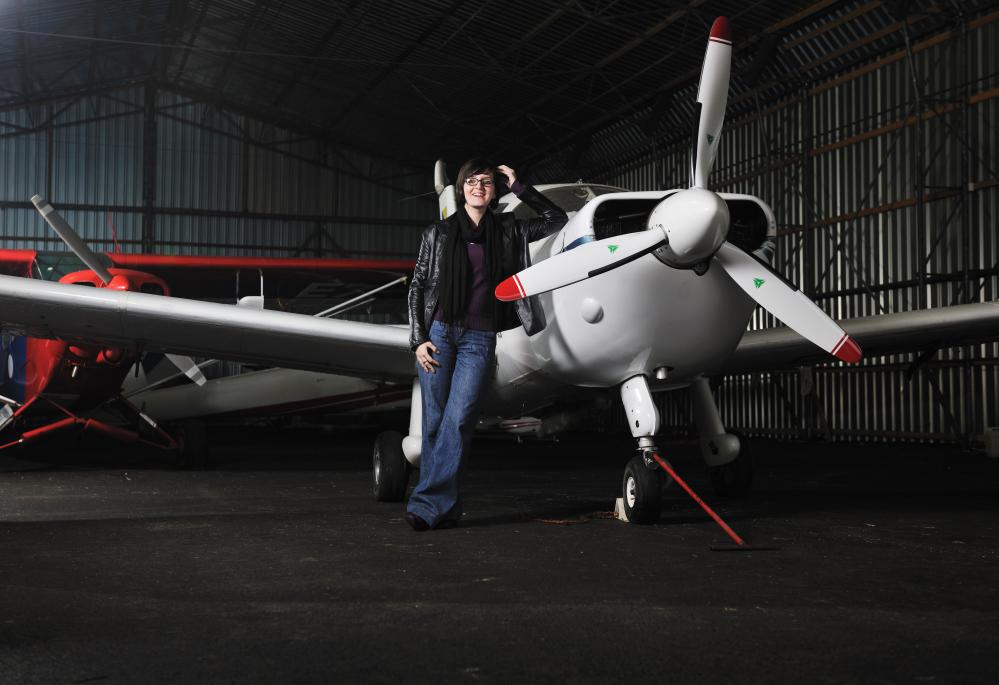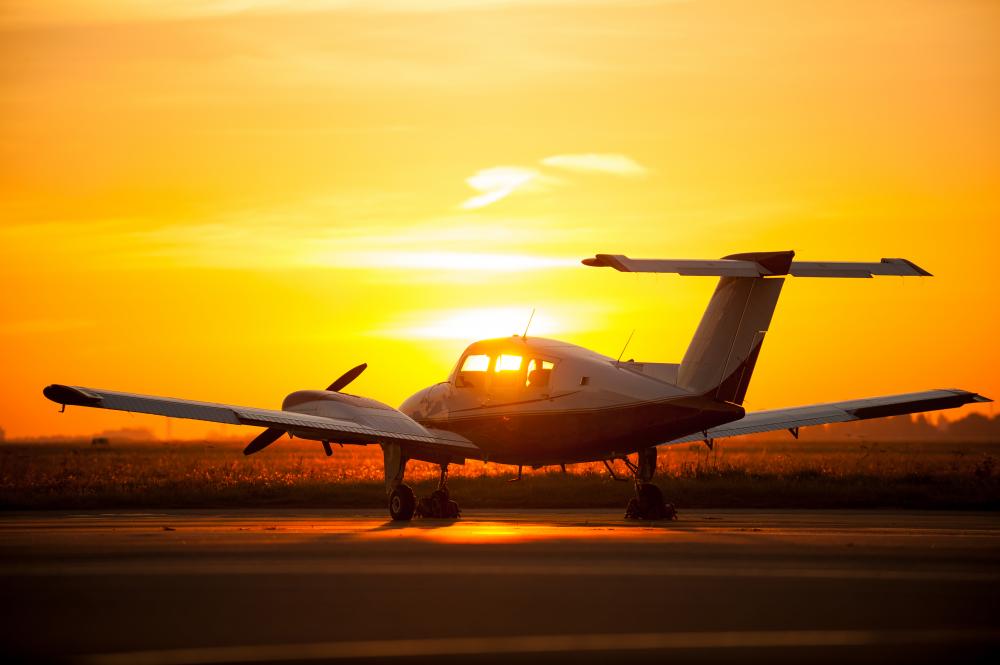Discovering Flight School Arizona
Embarking on the journey of learning to fly can be as exhilarating as the first time you see the world from thousands of feet above. Arizona, with its vast landscapes and generally clear weather, is a premier destination for aspiring pilots. At Digital Marketing Toolkit, while we’re passionate about marketing tools and resources, we also appreciate the thrill and challenges of aviation training. Through firsthand experiences and insights from industry experts, we aim to provide an engaging perspective on flight school Arizona.
Choosing the Right School
Deciding on the right flight school in Arizona is the first step toward reaching the skies. It’s not just about finding a place with airplanes; it’s about finding a supportive environment that nurtures your growth as a pilot. In this spirit, consider the school’s culture, the expertise of instructors, and the quality of their fleet. An anecdotal piece of advice from a seasoned aviator emphasized the importance of a school that treats you as part of their flying family, not just another student.
All-Inclusive vs. Pay-As-You-Go
Most flight schools, including those in Arizona, offer different payment plans for their courses. The all-inclusive options, as we’ve observed, tend to relieve the financial pressure, allowing students to focus solely on their training. However, the pay-as-you-go pathway offers flexibility, catering to those who may not be able to commit a large sum upfront. It’s essential to weigh these options carefully, considering your financial situation and learning pace.
Instruments and Simulators
Advancements in technology have revolutionized how pilot training is conducted. Flight simulators and state-of-the-art instruments have become integral in providing a comprehensive learning experience. A visit to one flight school Arizona revealed the use of a Red Bird Simulator, a tool that closely mimics real flight conditions, allowing students to practice maneuvers safely and confidently before taking to the air.
Moreover, understanding the instruments and technology in modern cockpits is just as crucial as mastering the physical act of flying. This blend of traditional flying skills with technological prowess prepares students for the complexities of today’s aviation industry.
Beyond Pilot Licenses
Earning your wings is an achievement, but the learning doesn’t stop there. Deepening your flight knowledge and skills can take many forms, from advanced certifications like the Instrument Rating to exploring aerobatics or even transitioning to commercial piloting. One flight school Arizona offers a Rotor Transition Program specifically for military personnel, showcasing the diverse pathways within aviation.
Military to Civilian Transition
The transition from military to civilian aviation is a journey of its own. Specialized programs that acknowledge and build upon the unique skills and experiences of veterans are invaluable. They not only honor the service of military personnel but also prepare them for a rewarding second career in aviation.
Community and Support
Perhaps one of the most underappreciated aspects of flight training is the community you become a part of. Networking with fellow students, instructors, and aviation professionals opens up a world of opportunities and friendships. Events like open houses, air shows, and group flights enhance the learning experience and embed students in the culture of aviation.
On a personal note, attending a local air show introduced me to a community of aviators passionate about sharing their love for flying. This camaraderie and support network can be instrumental in navigating the challenges of flight training.
Financial Considerations
The cost of flight training is often the elephant in the room. While it’s true that pursuing a pilot’s license is a significant investment, there are various financing options and scholarships available to help mitigate these expenses. Detailed research and open conversations with potential schools about the true cost of training, including hidden fees, can prevent any unwelcome surprises.
Interestingly, some schools offer a transparent pricing model that includes not just the flight hours but also essential gear and examination fees. This all-inclusive approach, as found in one flight school Arizona, may offer better value and peace of mind for students.
Embracing the Journey
Becoming a pilot is a journey filled with challenges, learning, and unforgettable milestones. It’s a path that demands dedication, but rewards with the unfettered freedom of the skies. As we’ve discovered, Arizona offers a unique and supportive environment for this endeavor, with its diverse geography, favorable weather, and a thriving aviation community.
In conclusion, the adventure of flight school Arizona is not just about learning to pilot an aircraft; it’s about growing as an individual, joining a community of like-minded individuals, and opening the doors to countless opportunities in the sky. Whether you’re an aspiring pilot seeking the thrill of solo flight or a veteran transitioning to civilian aviation, Arizona’s flight schools offer a gateway to the skies worthy of exploration.
As Digital Marketing Toolkit explores the intersection of technology, marketing, and personal passions, we’re reminded that the journey to becoming a pilot is as much about the destination as it is about the journey itself. The skies above Arizona are calling, offering a unique canvas for dreams to take flight.

How much does it cost to get a pilot’s license in Arizona?
In Arizona, aspiring pilots can expect the journey to their pilot’s license to be an investment, not just of time but finances too. The cost varies depending on the type of license you’re aiming for and the flight school you choose. On average, obtaining a private pilot license can range from $8,000 to $15,000. This estimate includes the aircraft rental, instructor fees, ground school, books, and materials. However, it’s also wise to consider additional costs such as exam fees and any unforeseen expenses like additional flight hours for practice. Each person’s journey is unique, and it’s important to have open discussions with your chosen flight school about the detailed breakdown of costs to avoid any surprises. Have you started looking into the specific type of flying you’re interested in? It might help narrow down the cost estimates and tailor your financial planning.
How long is pilot school in Arizona?
The length of pilot school in Arizona can vary significantly based on a few key factors, including the type of license you are pursuing, your learning pace, and weather conditions. For a full-time student aiming for a private pilot license, the process can take anywhere from 2 to 6 months. If you’re looking to fly on weekends or during your spare time, it might extend to a year or more. Remember, flying is as much about quality as quantity; ensuring you’re fully confident and competent in the cockpit is more important than rushing through the hours. How much time can you dedicate to flight training each week? This will be a crucial factor in planning your path forward.
How much does ASU flight school cost?
Arizona State University (ASU) offers a comprehensive flight program through its Polytechnic campus. The cost of ASU’s flight school can be on the higher side, reflecting the university’s infrastructure, quality of instruction, and access to advanced technology and aircraft. Typically, the total costs for obtaining a Bachelor of Science in Aeronautical Management Technology (Professional Flight) can range from $60,000 to $80,000 or more over four years. These figures include flight lab fees on top of tuition and other university fees. Given that these numbers can fluctuate based on various factors, I recommend reaching out to ASU directly for the most current and detailed financial information. Have you considered how a degree in aviation might complement your hands-on flying experience?
Is Arizona a good place to learn to fly?
Arizona stands out as an excellent place to learn to fly, and there are several reasons why. The state’s weather is one of its biggest advantages. With over 300 days of sunshine per year, you’ll find fewer weather-related delays in your training schedule compared to other locations. Moreover, Arizona’s varied landscape, including deserts, mountains, and valleys, provides a unique and comprehensive training environment. This diversity allows student pilots to experience different flying conditions and scenarios. Additionally, Arizona is home to a vibrant aviation community and a variety of flight schools and training programs, offering plenty of opportunities for networking and career advancement. How do you feel the environment in which you learn affects your education and training?
What should I consider when choosing the right flight school in Arizona?
Choosing the right flight school is a significant decision that can impact your pilot training experience and career trajectory. In Arizona, consider factors such as the quality of the flight instructors, the school’s culture, the condition and variety of its fleet, and the types of training programs available. A supportive, community-oriented environment that values individual student growth can greatly enhance your learning experience. Additionally, look for schools with a good safety record and that offer the flexibility to accommodate your schedule and learning pace. It might also be beneficial to visit the schools, meet with instructors, and perhaps take a discovery flight to get a true feel for the environment. Have you thought about what specific aspects of a flight school are most important to you?
How do flight simulators enhance pilot training in Arizona’s flight schools?
Flight simulators are a game-changer in pilot training, offering a risk-free environment to practice maneuvers, emergency procedures, and to familiarize oneself with different aircraft systems before ever leaving the ground. In Arizona’s flight schools, simulators like the Red Bird Simulator replicate real flying conditions with remarkable accuracy, allowing students to log hours and practice scenarios that might be too dangerous or impractical to replicate in an actual aircraft. This technology not only reinforces learning but also makes flight training more accessible and potentially less costly, as simulator time is generally less expensive than actual flight time. How do you think incorporating advanced technology into learning and practice impacts the skill level of budding pilots?
Flight School Resources
- Federal Aviation Administration (FAA) – The official website of the Federal Aviation Administration, providing information on regulations, certification, and safety in aviation.
- Aircraft Owners and Pilots Association (AOPA) – A non-profit organization dedicated to promoting general aviation, offering resources for pilots, students, and enthusiasts.
- National Business Aviation Association (NBAA) – An organization advocating for the business aviation industry, providing resources on safety, efficiency, and professionalism.
- AOPA Flight Training – A comprehensive online resource for flight training information, including articles, videos, and tools for student pilots.
- FAA Pilots and Certificates – Information from the FAA on different types of pilot certificates, requirements, and the certification process.
Mesa AZ 85212

